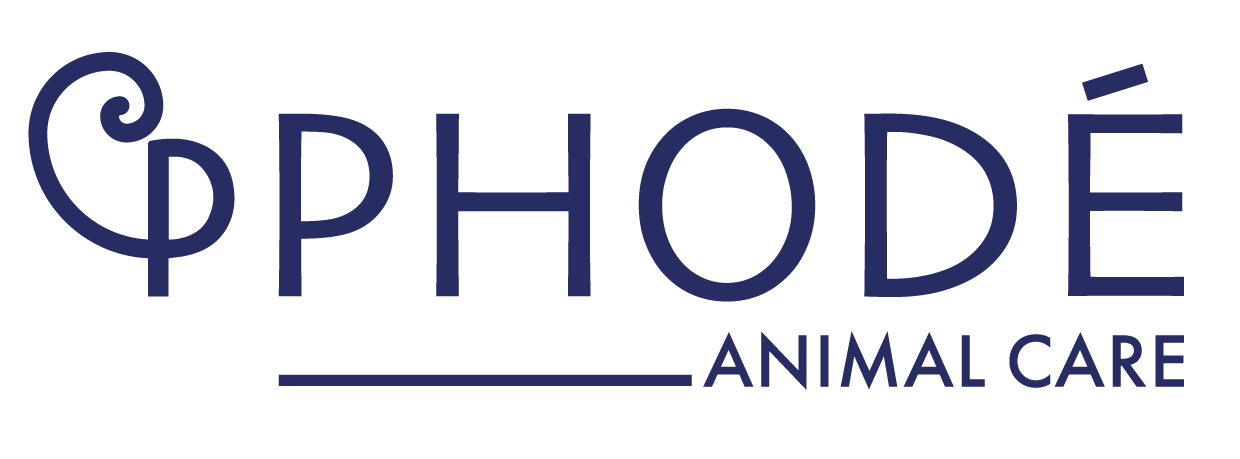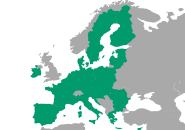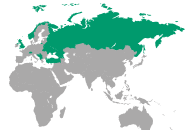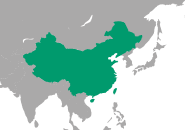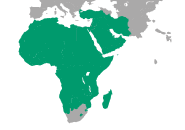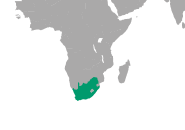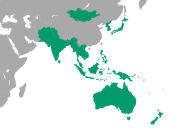Animal welfare is a complex concept because it has several dimensions: ethical, societal, scientific, cultural, political and economic.. The t erm animal welfarehas recentlycome to the forefront in connectionwith consumer interest in animal husbandry practices and the rise of anti-meat movements.

What exactly is “animal welfare”?
A universal definition…
THE OIE (World Organization for Animal Health) gives a definition set out in 1965, which is universally recognised and refers to the 5 fundamental freedoms of the animals when placed under the responsibility of human:
- Freedom from hunger, thirst and malnutrition,
- Freedom from fear and distress,
- No physical or thermal stress,
- Freedom from pain, injury and disease, and,
- Possibility for the animal to express the normal behaviours of its species.
Food for thought
We can there fore retain the key ideas, Animal welfare is not limited to the health of the animal but encompasses more broadly other aspects such as nutrition, absence of fear or stress. The notion of natural behaviour is important and animals should be raised in an environment that allows them to express these behaviours. The adaptation of animals to their environment provides information on the level of welfare of the animal. In summary, an animal that is mentally and physically well is in a state of well-being.
Overview of applicable standards
Which texts apply?
The subject of animal welfare is a global concern as shown in the following graphic with all the international standards published by the OIE and on goning.. Contrary to popular belief, this is not limited to Europe alone,moreover, it concerns both farming systems and transport or slaughter.
In Europe, it is the regulatory framework defined by the European directive on animal protection that is translated into the law of each member country.
Based on the principle of the 5 freedoms, it contains the minimum standards applicable to animal husbandry, with each country being free to propose standards that are better for the animal. These standards provide for detailed rules on:
- Practices,
- Barn buildings,
- Or the responsibility of the breeder.
One of the first welfare guidelines put in place concerned collective pens and minimum calf rearing areas in 1997. Although initially this compliance with the standards led to a lot of questioning, it has helped to improve the image of the veal calf industry. The upgrading to “welfare” standards required farmers to completely reorganize their workshops, invest in the modernization of the farm and renovate the buildings. The considerable adaptation efforts on the part of farmers and integrators have made it possible to achieve the twofold objective of structuring the sector and enhancing the perception of the profession. This directive is an example of a balance between satisfying the animal’s 5 freedoms, societal expectations and the performance of livestock farms.
Reconciling performance and animal welfare: utopia or reality?
An image story…
Among the controversial practices in intensive farming, one can look at the latest developments on the raw castration of piglets and the grinding of chicks. By 2021, these practices will be abandoned. The French Minister of Agriculture, Didier Guillaume, announced on 28 January a series of measures to protect and improve animal welfare. From the end of painful practices in animal husbandry, through the improvement of quality of life, transport and consumer information, this is a comprehensive plan that will require major adjustments on the part of the industry. However, the media essentially relay the “shock” measures, those that are controversial, denigrating in passing the image of the livestock farming profession and creating confusion in the minds of consumers who are concerned to better respect their environment and to have ethical products available.
But a real challenge
Beyond the fashion effect, there is real work to be done for the future. Thinking about new models that reconcile economic performance and societal expectations is what is at stake for the future of animal production sectors. Animal welfare is multidimensional and cannot be limited to a simple image file for the consumer.
How can we effectively commit to animal welfare?
Committing to animal welfare means keeping in mind the diversity of action levers and solutions. All those involved in the agricultural sector should take it into account not as an obligation of means but as a real philosophy. Animal welfare can be broken down into different spheres (relations with fellow animals, food, housing, health, etc.). It is the balance between these different spheres or rather the perception of this balance at any given time, depending on whether the animal feels itself to be an object or an actor, that defines its state of well-being. The parallel can easily be made for the human being: the balance of our daily well-being depends on multiple parameters It is therefore up to us, as actors in the production chains, to take up the subject, to cooperate, innovate and make our production methods evolve in a positive way by finally placing the animal as the main actor of its well-being.
